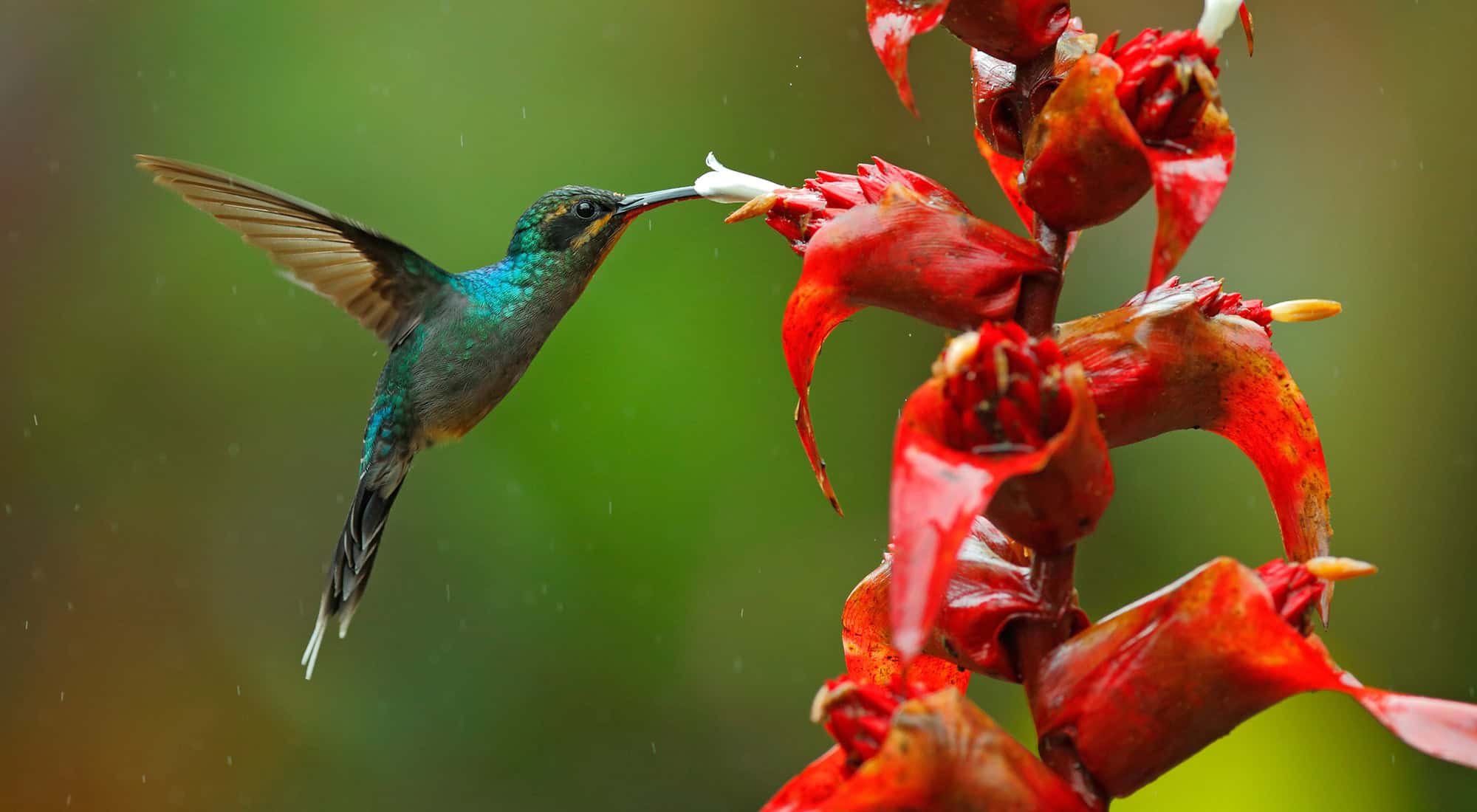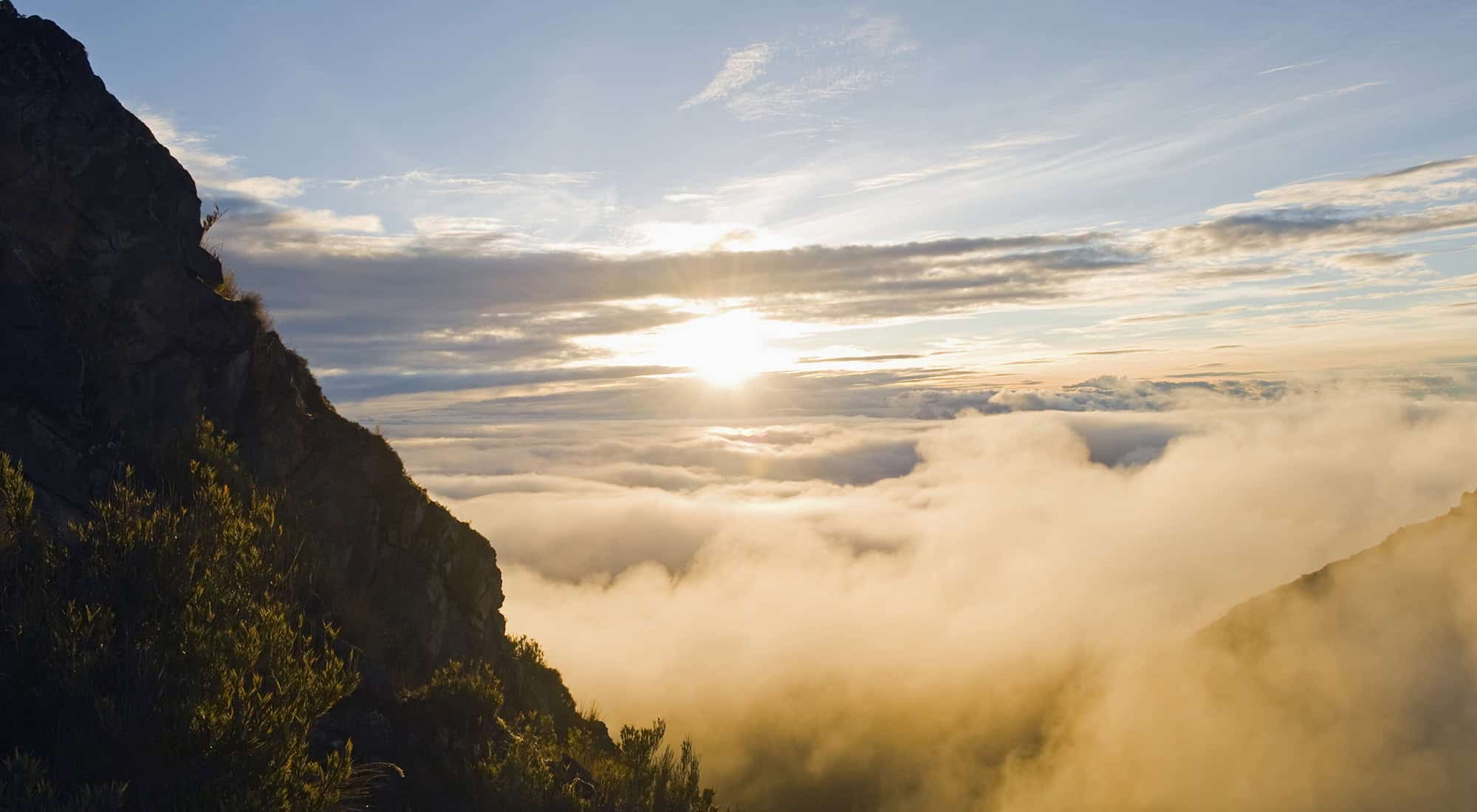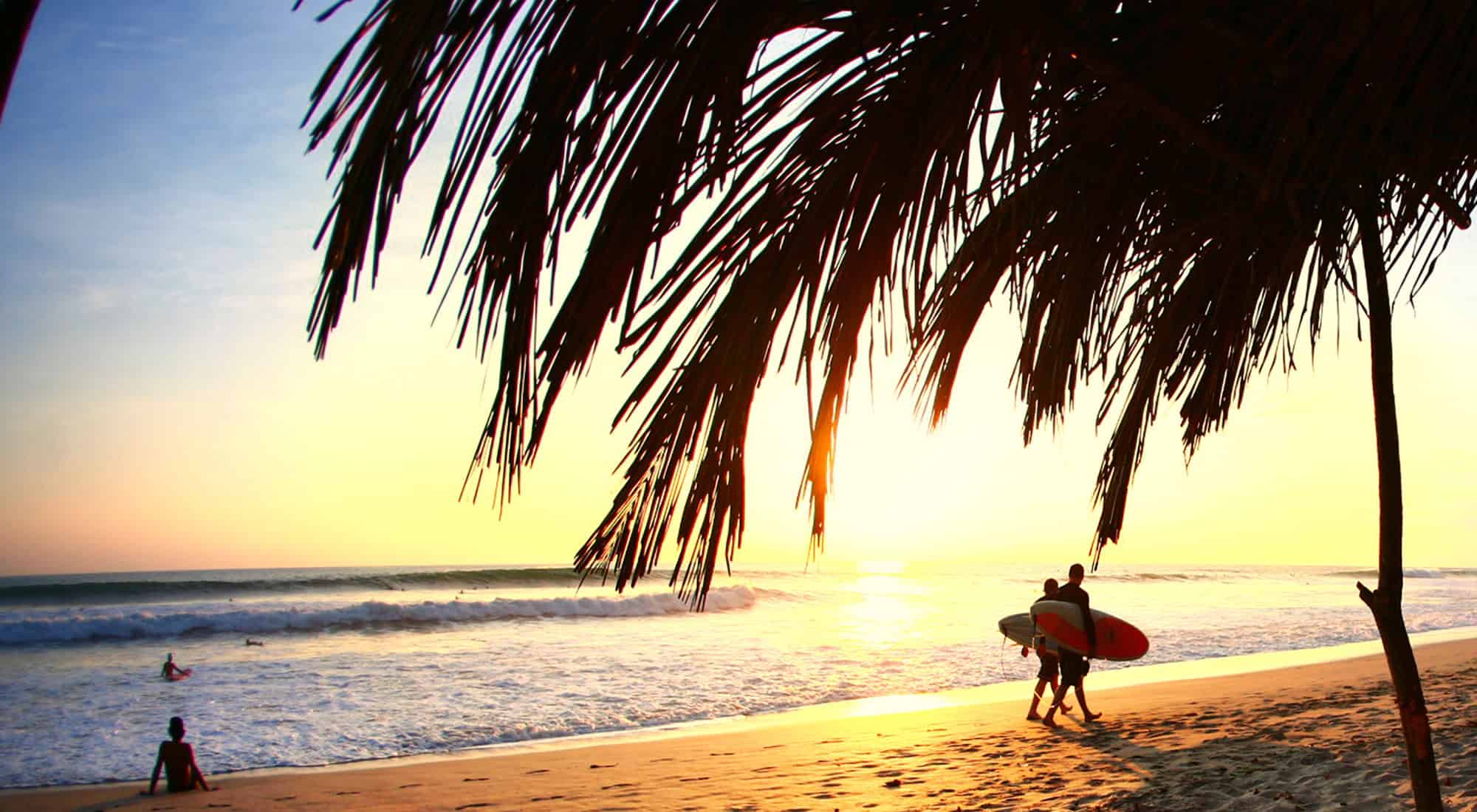It is true, the early bird gets the worm and the earlier you get up, the more species you’ll see.
Toucans and the smaller toucanets are widespread throughout tropical areas. Another popular sighting is the scarlet macaw easily spotted near Puerto Juárez. Hummingbirds too are a common sighting, frequently drawn to sugar-feeders. The harpy eagle is extremely rare with sightings on the Osa Peninsula a possibility.

To find the resplendent quetzal, a brilliant emerald green bird, with males having a bright scarlet breast and belly and ostentatious long green streamers extending as much as 50 cm beyond the end of its tail, Monteverde Cloud Forest Reserve or the less atmospheric Eddie Serrano Mirador are a couple of the best places to go. In addition to the quetzal, Costa Rica, containing around 850 bird species, is a good country to visit for birdwatchers and Monteverde is a hotspot. Species there include black guans, emerald toucanets, violet sabrewings, long-tailed manakins, three wattled bellbirds and the threatened bare-necked umbrella bird. Mixed flocks of small birds such as warblers, tanagers, woodcreepers and wood-wrens can also be seen in the area.

La Selva Biological Station, an area of rainforest, is another area rich in rainforest species such as the chestnut-billed toucan, mealy parrot and squirrel cuckoo. A very different habitat, with, consequently, different birds, is found in the large wetland area of Parque Nacional Palo Verde. Here one can see the jabiru, black-necked stilt, spotted rail, barethroated tiger heron, purple gallinule and many other waterbirds. In the dry season, ducks, including the black-bellied whistling duck, blue-billed teal, ring-necked duck and northern pintail, congregate in this area in their thousands. More rarely seen here is the white-faced whistling duck. Of course, all along the coasts are masses of different seabirds, including pelicans, boobies and the magnificent frigate bird.











